Idaho’s catastrophic health care program sees jump in cases

Caseloads for Idaho’s Catastrophic Health Care Fund have taken a sharp upturn this year, and they’re expected to continue to rise as more Idahoans are priced out of health insurance or decide not to purchase it as the federal government lifts its individual mandate.
Roger Christensen, board chairman for the state fund and a Bonneville County commissioner, told state lawmakers Thursday that the increase doesn’t appear to be a blip.
“We’re sensing that this is more of an upward trend,” he told the Legislature’s joint budget committee. “We look down the pipeline of what’s come into the counties, and they’re very, very busy again.”
Appropriations for the CAT fund, which helps counties pay for the costliest cases when Idahoans who can’t pay their catastrophic medical bills turn to local property taxpayers for help, had been growing for years, but that trend turned around when the Your Health Idaho insurance exchange was established in 2013.
Caseloads fell each year from 2014 to 2017, falling by almost half from 2014 to 2015.
“It appeared to me the biggest effect was from the Idaho insurance exchange,” Christensen said. “We had a number of individuals who were able to get covered with insurance, and so our costs dropped rather dramatically.”
With the repeal of the individual mandate and rising insurance premiums, however, YHI saw enrollments this year drop by about 4,000 from last year, Christensen said, and next year, the exchange is projecting another 5,000 drop.
“We used their figures,” he said. “Next year, they projected a decrease of about 5,000 more. Using a rough calculation … that 1 percent of those who are uninsured will come to the indigent fund … on that 9,000, would be an increased cost of about $2.5 million.
“There’s a lot of moving parts. We’re watching it closely to see how it’s going to affect it.”
The state exchange reported on Dec. 27 that 101,793 Idahoans enrolled in plans during this year’s open enrollment period, which was only about half as long as the previous year’s; in 2017, 105,977 Idahoans purchased insurance through the exchange.
For next year, Gov. Butch Otter had recommended an $8 million decrease in state general fund appropriations for the CAT fund – a 44 percent budget cut to about $10 million – but that was before the caseloads jumped. Now, the agency is requesting a 5 percent increase instead, to $20 million next year.
Sen. Mary Souza, R-Coeur d’Alene, asked Christensen how the discussion about Otter’s proposed dual-waiver Idaho Health Care Plan and the governor’s executive order allowing less-expensive, non-ACA-compliant insurance plans to be sold in Idaho starting this spring, might affect the numbers for the CAT fund.
“It’s a little difficult, because that’s going to be a policy decision for the Legislature,” Christensen responded. “But the nature of the fund is anytime there’s a change in another resource, and those resources go away – for example, the insurance (becomes) … too expensive and they’re not insured … it does have a significant impact, because we as counties are required to pay.”
Otter’s dual-waiver proposal – which cleared a House committee Wednesday and awaits a vote in the full House – would allow 35,000 Idahoans who fall into a coverage gap to qualify for subsidized health insurance through the state exchange. Currently, they don’t qualify because they don’t make enough money, and Idaho hasn’t expanded Medicaid under the Affordable Care Act to cover that group.
“We’ll be watching it closely and doing our best to try to predict,” Christensen said. “Right now all we’re doing is saying these are the conditions, the effect as they’re happening now. It’s probably going to impact us more dramatically than others, but I can’t give you a number.”
Under the program, county property taxpayers pick up the bill for catastrophic medical care that residents can’t pay, up to $11,000 per case. Once the cost rises above that, the state CAT fund steps in.
Between the counties and the state, the program hit a combined peak of $55.3 million in 2012. It had dropped to $33.9 million in 2016, and down to $29.4 million in 2017. The state appropriation for 2017 was $18 million, down from a high of $36.5 million in 2013.
The state and counties go after assets and even estates of those aided by the program, to recoup costs, but little is recovered.